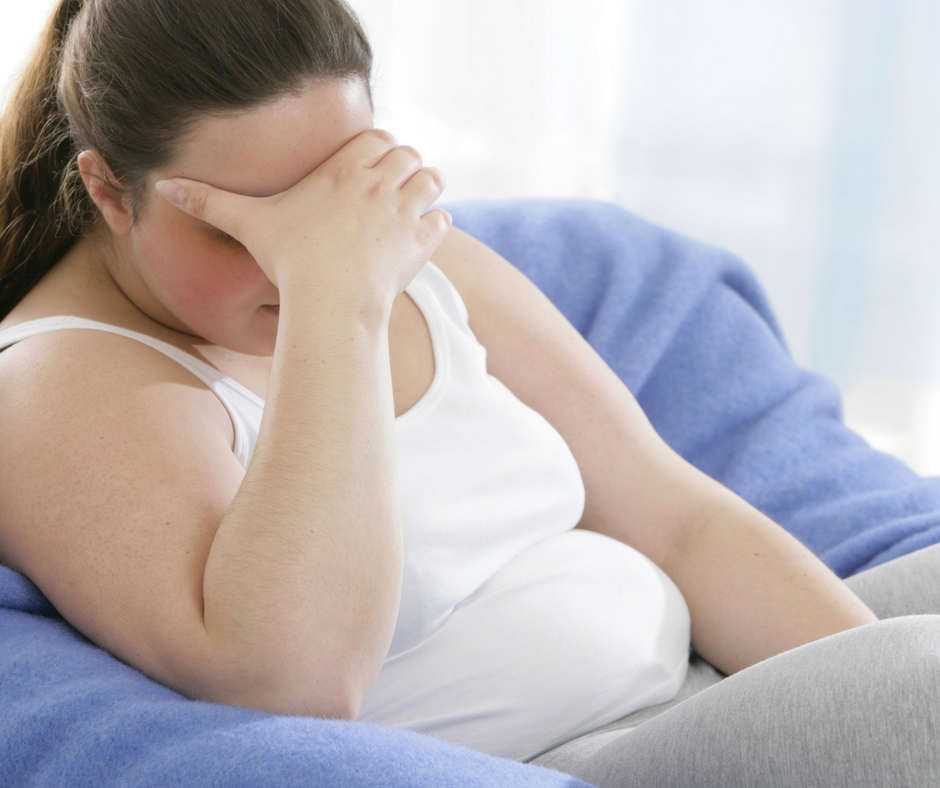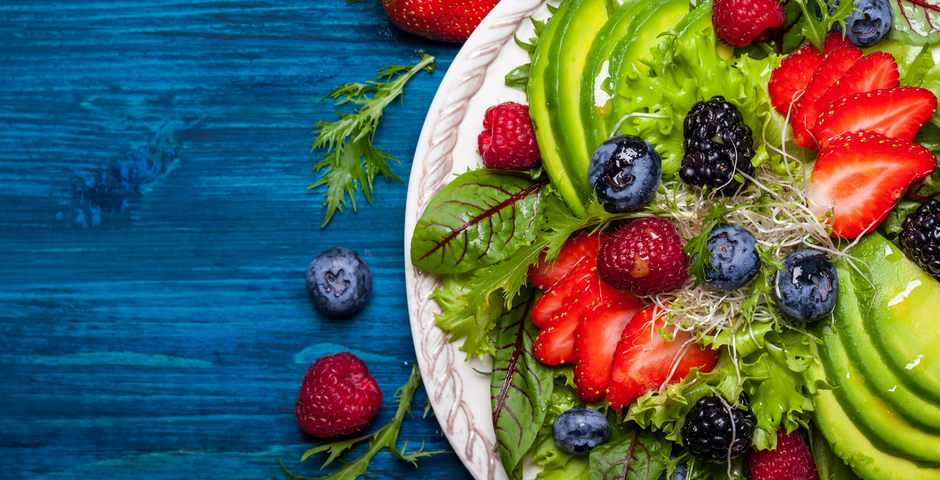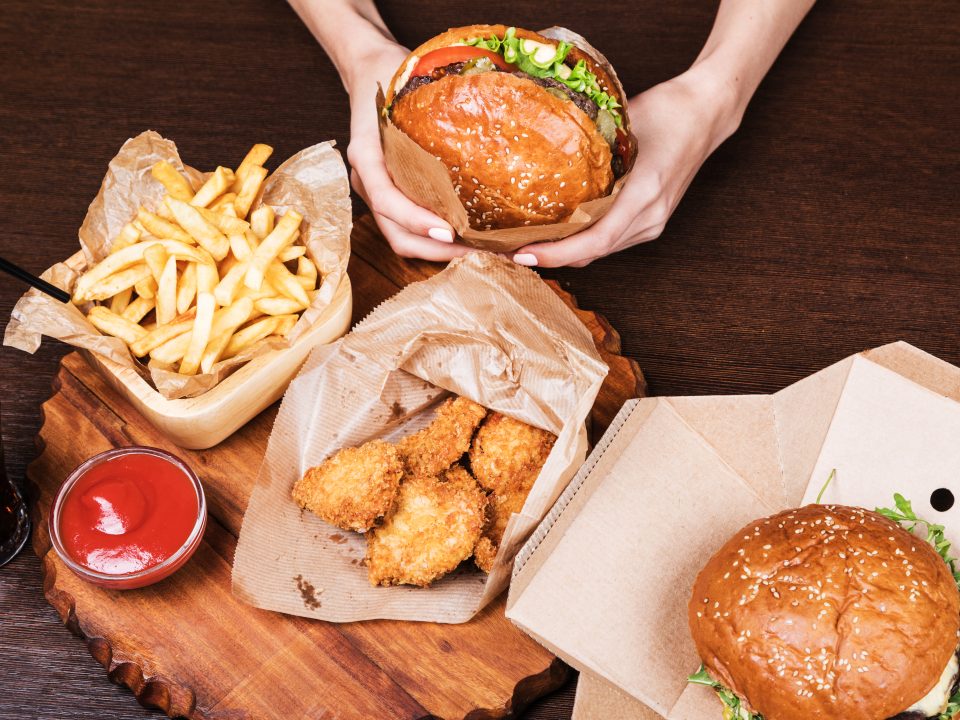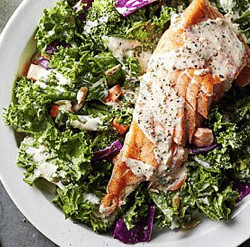
Low Confidence Because of Your Weight?
August 16, 2017
The Health Benefits of Coffee
September 2, 2017The wildly popular “Clean Eating Diet” is losing credibility, as more and more evidence emerges that it can be unhealthy physically, but also psychologically. If you aren’t familiar with the idea of clean eating, here we discuss what constitutes “clean” food, what foods are banned, and the reasons why a gentler approach is probably going to get you better results.
What is clean eating?
The clean eating trend started off with good intentions, promoting more whole-foods such as fresh fruit, vegetables, grains, unprocessed meat/chicken/fish/eggs/legumes, nuts seeds, and healthy oils. All healthy, full of important vitamins, minerals, macronutrients, and avoiding the addition of less healthy ingredients like salt and sugar.
Bonus points for you if you could source these as close to their natural state as possible- meaning home gardens, or fresh from the farmers market, and then transformed into home-cooked meals made from scratch using fresh ingredients. Again, a lovely concept.
So where did it go wrong?
Probably a combination of two things. Firstly, particular ingredients (like coconut oil) became trendy and generated health claims based on anecdotal (word of mouth/self-reported) evidence mostly. Health food companies jumped on board, and even mainstream food companies started adding these ingredients to their products to take advantage of this trend.
Let’s take honey as an example. It’s natural. It’s made by bees, and is found in the form of honey, not turned into honey is a factory somewhere. But the fact is, that honey is still sugar. It still causes your insulin levels to spike when you consume it. It still causes increases in blood sugar levels. It is still a source of calories, and too much long term intake will still contribute to weight gain, and potentially type 2 diabetes or other lifestyle related diseases.
Of course, having a little bit of honey on your Weetbix now and then is not make-or-break. In fact, neither is a cookie, a piece of cake, hot chips, chocolate, or any other food. All foods can have their place in a balanced meal plan, and can and should be enjoyed guilt free.
However, the clean eating diet trend went one step too far, moving away from encouraging more healthy whole foods, to making any food that was not on this allowed list to be considered “unclean.” Unhealthy. Clean eating became the cure for a whole range of health concerns or symptoms. It moved increasingly towards gluten free and/or vegan diets. It became more and more restrictive.
This encouraged an unhealthy attitude towards food and immense guilt/shame and judgment along with this.
The turning point
Thankfully, not only has science started to bite back, contradicting many of the health claims with real world evidence but so too have the attitudes of clean eating advocates started to shift. The degree of restriction and food shaming has started to take its toll, and often the real life results just aren’t there to justify all that deprivation.
Tried a clean eating diet and didn’t lose weight? So have many others.
Clean eating take home message
Let’s look to get back to basics, and to where the idea of clean eating came from in the first place. Gently shifting over time to including more fresh whole-foods, including lots of fresh vegetables and fruit, moderate amounts of protein, grains, dairy, and healthy fats, preparing more meals at home, and moving a little more.
If the majority of your diet is healthy, and in healthy portions, you can absolutely indulge in your favourite treat foods occasionally, and you can do so without feeling shame about it. A healthy relationship with food, where there is no good or bad food, and all foods have their place is incredibly important. Let’s all just be a little nicer to ourselves, and to others, and let go of that all or nothing approach to eating.
If you need some help in understanding how to get the balance right so that you can still enjoy your favourite foods as well as lose weight, take a look at our proven program here.





